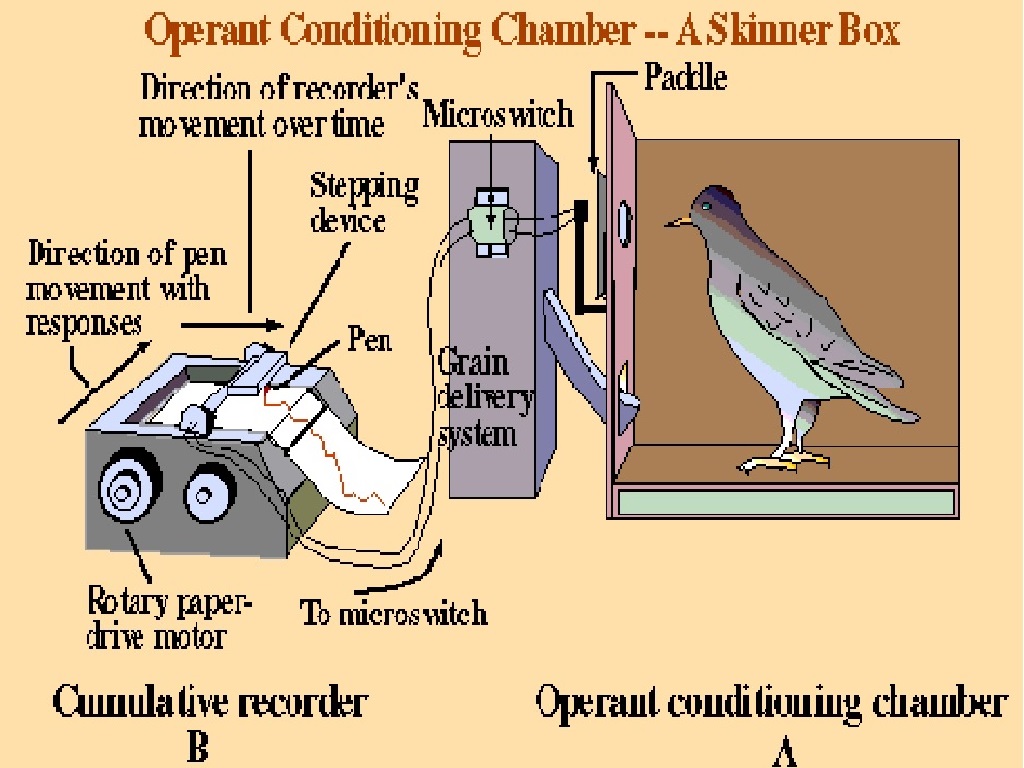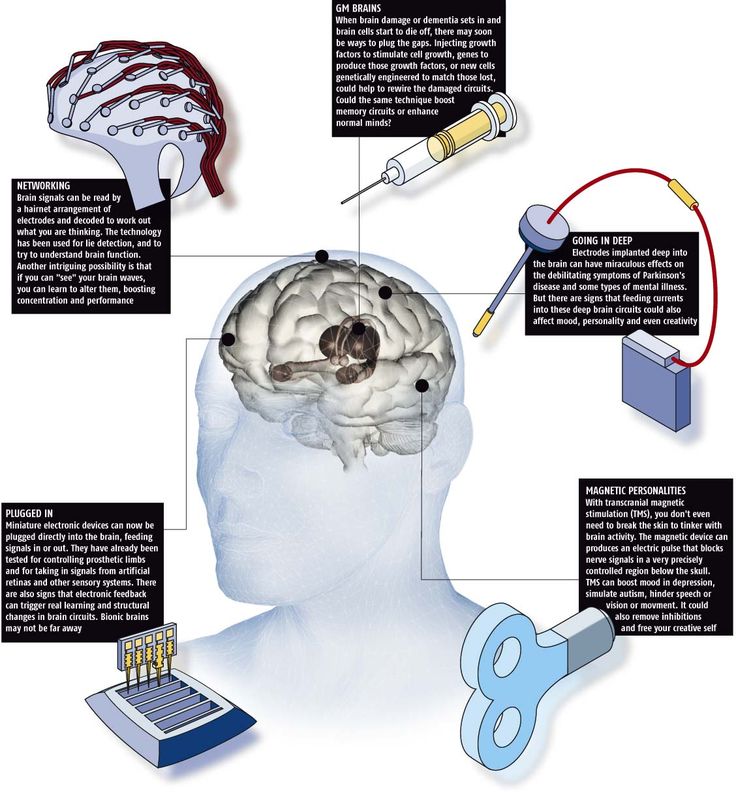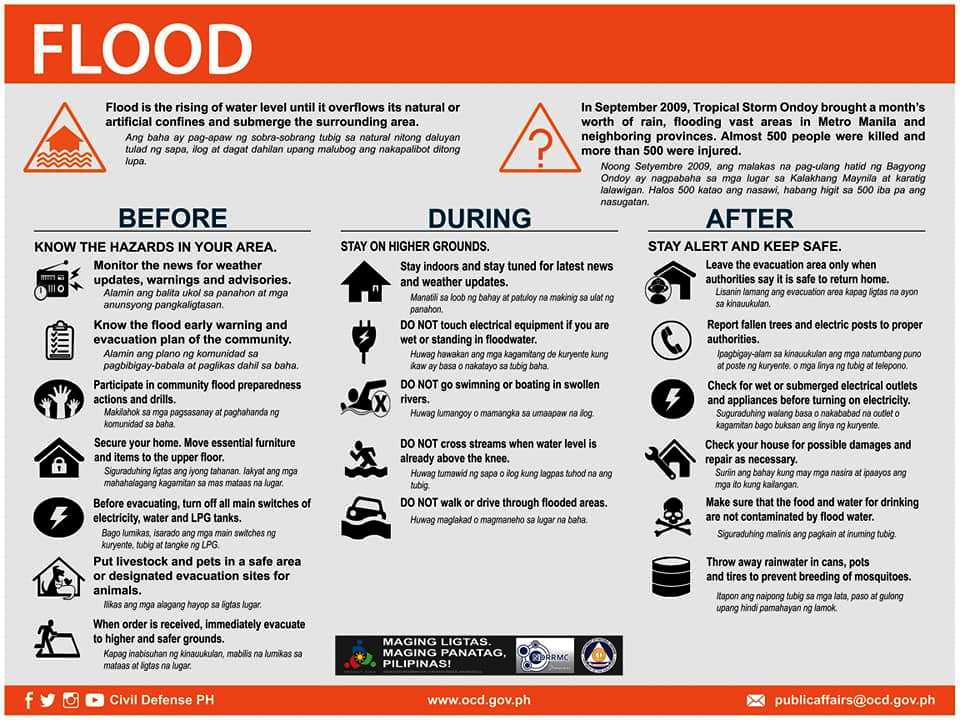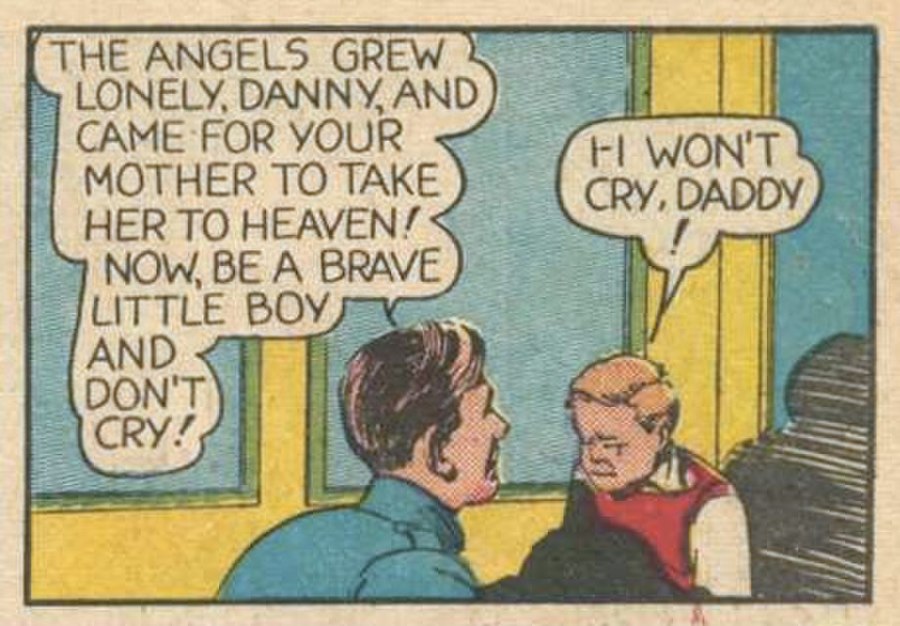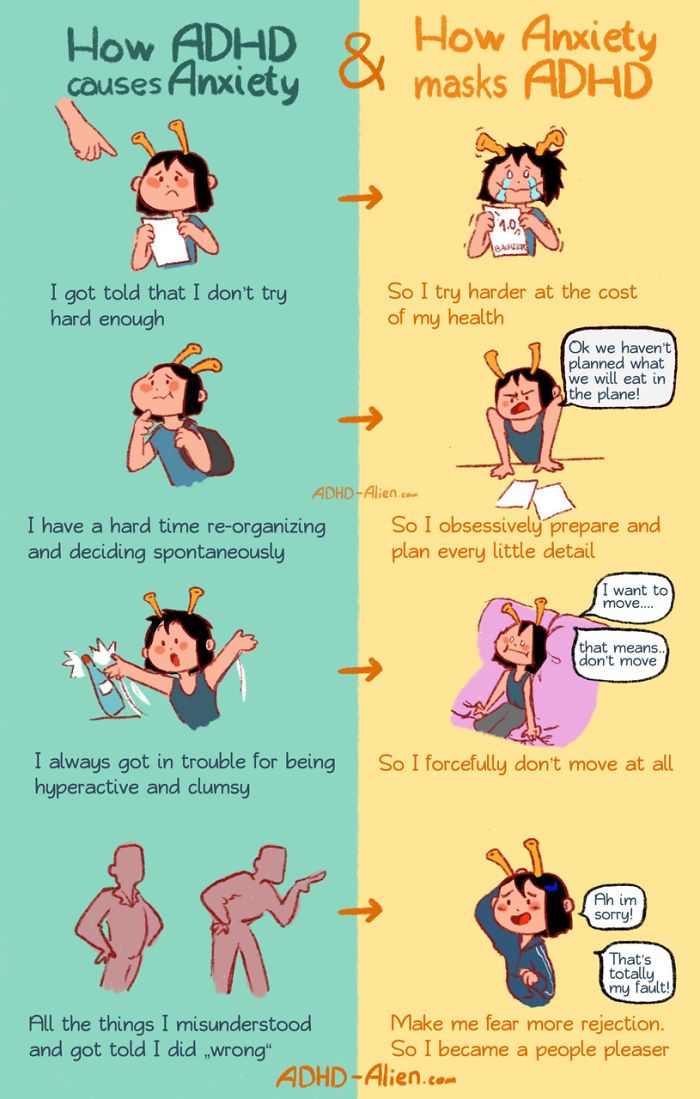Shaping and chaining in operant conditioning
Shaping, Chaining, & Task Analysis with an Example from Everyday Life
Shaping, chaining, and task analysis are concepts identified in the behavioral science or behavioral psychology literature. They are commonly used within applied behavior analysis services.
These concepts can also be used and observed in everyday life.
Shaping refers to the process of reinforcing closer and closer approximations to an end goal or skill. Shaping can be accomplished by first identifying what the ultimate target behavior is and then providing reinforcement for behaviors that are closer and closer to that goal starting where the learner is at in the present moment.
An example of shaping is when a baby or a toddler learns to walk. They are reinforced for crawling, then standing, then taking one step, then taking a few steps, and finally for walking. Reinforcement is typically in the form of lots of praise and attention from the child’s parents.
Another example is teaching a child to brush his teeth. Shaping is present when the child is reinforced for getting better and better at brushing their teeth. They might first receive praise (and the experience of having a cleaner mouth) for doing a quick brush around their mouth. Then, their parent might start expecting more out of them and only praising when the child gives more effort to cleaning more of the surface of his teeth. The child might even begin to use floss and mouthwash which may be part of the ultimate goal of independently completing a tooth-brushing routine.
Chaining refers to the concept of putting together multiple behaviors that form one “larger” behavior. The single behaviors are linked together like a chain and form one behavior as a whole.
Chaining can be completed in multiple ways.
Forward chaining is when each behavior in the chain is taught in its logical order and each behavior is reinforced. The individual is reinforced for completing one step accurately until mastery. Then the next step is added and the learner is reinforced for completing this step until mastery.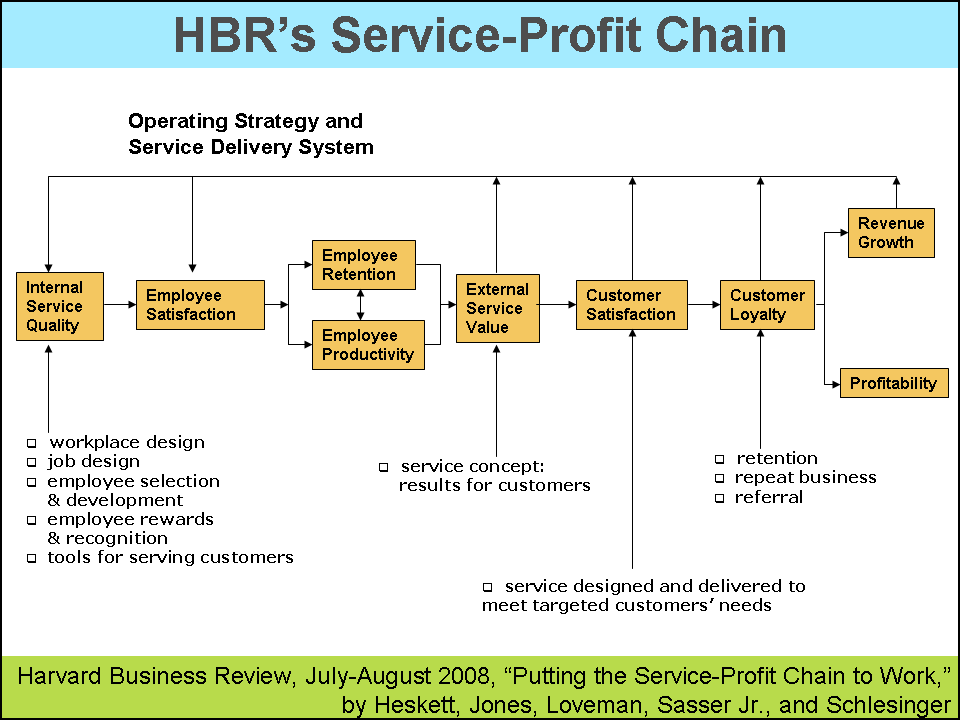 The chain continues until the entire behavior is learned.
The chain continues until the entire behavior is learned.
Backward chaining is when the teacher (or parent) helps the learner complete all tasks until the last task in the chain. The learner is reinforced for completing the last task independently. Then, the learner is expected to complete the last two parts of the chain and is reinforced when he does so accurately. Additional parts of the chain are added and reinforced until the entire chain is mastered.
Within the chaining process, a task analysis is used to identify the separate behaviors, or the separate steps, of the larger behavior.
Although tooth-brushing was given as an example of shaping, it can also be viewed through the lens of chaining and task analysis. When a learner not only needs to learn to improve his overall quality of toothbrushing, a task analysis with chaining strategies might be necessary.
If a child is skipping a step, such as not putting toothbrush on the toothbrush properly or they aren’t putting the toothbrush or the toothpaste back where they belong, identifying these steps by looking at a task analysis can be helpful.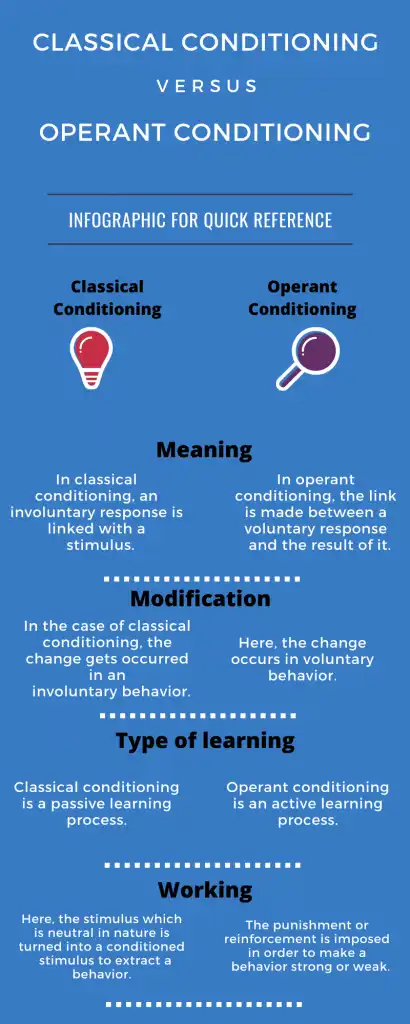
A task analysis can be as detailed as needed to help the individual learn. Some individuals require more detailed task analysis such as breaking down the skill into very small steps.
A parent who uses a task analysis to teach their child the entire tooth-brushing activity may show their child how to open and close the toothbrush. They may show the child how to brush each area of the mouth. And so on. On the other hand, a learner who is more skilled at toothbrushing may not need this detailed of instruction. They may just need to be told to get the toothpaste, toothbrush, and brush their teeth and then to put the items back where they belong.
Shaping, chaining, and task analysis are common behavioral concepts that exist in a variety of settings and with a variety of experiences. Using these concepts, parents, teachers, and interventionists can help a learner learn new skills and expand on his or her behaviors in meaningful ways.
SHAPING AND CHAINING
SHAPING AND CHAINING
SHAPING DEFINED:
If a behavior never occurs, we say that it is not in the
persons repertoire.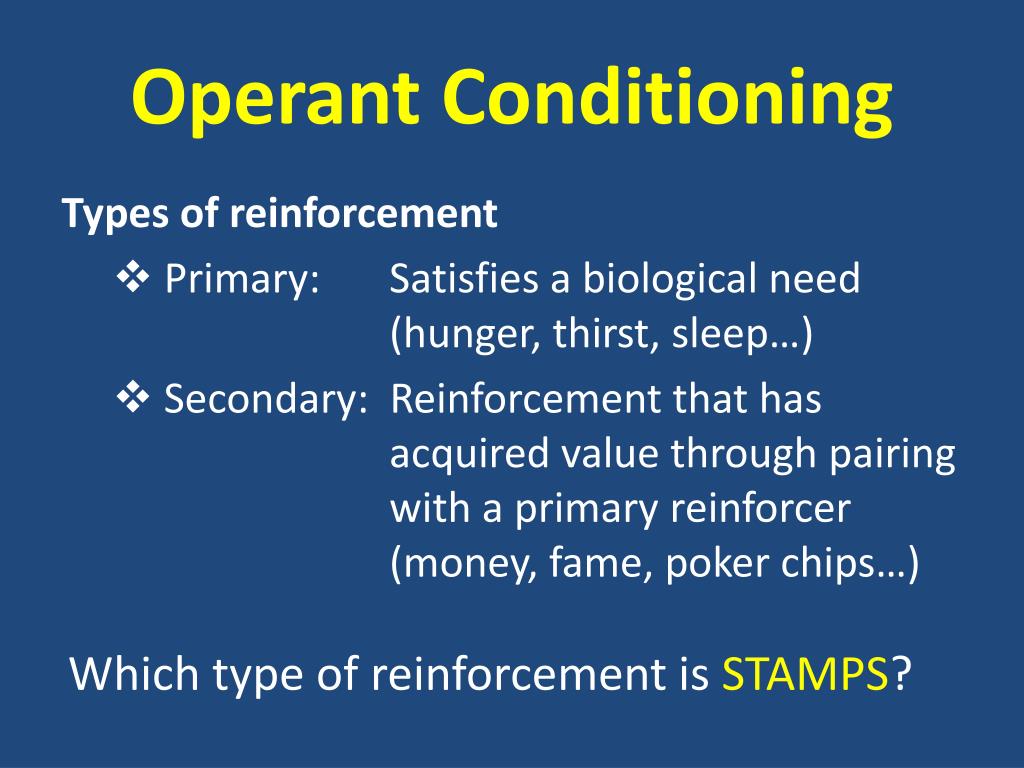 Shaping is a
way of adding behaviors to a persons repertoire.
Shaping is used when the target behavior does not yet exist.
In shaping, what is reinforced is some approximation of the target
behavior.
Shaping is a
way of adding behaviors to a persons repertoire.
Shaping is used when the target behavior does not yet exist.
In shaping, what is reinforced is some approximation of the target
behavior.
Approximation means any behavior that resembles the desired behavior or takes the person closer to the desired behavior. Successive approximations are steps toward the target behavior, the behavior you want to shape.
In playing Hot & Cold, you reinforce any movement
that takes the player closer to the prize.
Each of those successive movements is a closer approximation of the
desired behavior. If the prize is
under the couch, and the player is moving toward the couch, every time the
player takes a step toward the couch, you are yelling hotter, and you are
reinforcing the behavior. If the
player moves away from the couch, you would yell, colder
(non-reinforcing).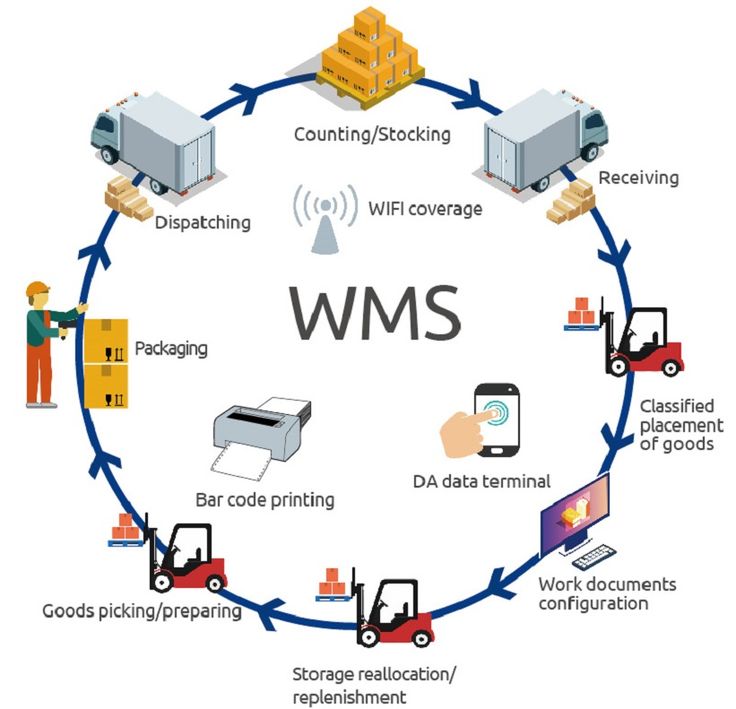
The general rule is that you are reinforcing any behavior that is a closer approximation of the target behavior than the behavior you reinforced last. If a new approximation does not occur, you reinforce the last approximation again. If an approximation is repeated and reinforced three times, you can withhold reinforcement the next time that behavior appears.
If no new approximation appears, you have to drop back to a previously reinforced behavior. Sometimes you will get good progress for a while, only to have the child emit a behavior that was reinforced several steps before. You may then have to reinforce that old behavior and shape through the sequence again.
This procedure can be like helping someone up a staircase.
Sometimes progress is effortless and goes quickly, other times it is slow
and difficult. Sometimes the person
may leap over the next step; then he may turn and go down the stairs a few steps
and you have to help him up those same steps again.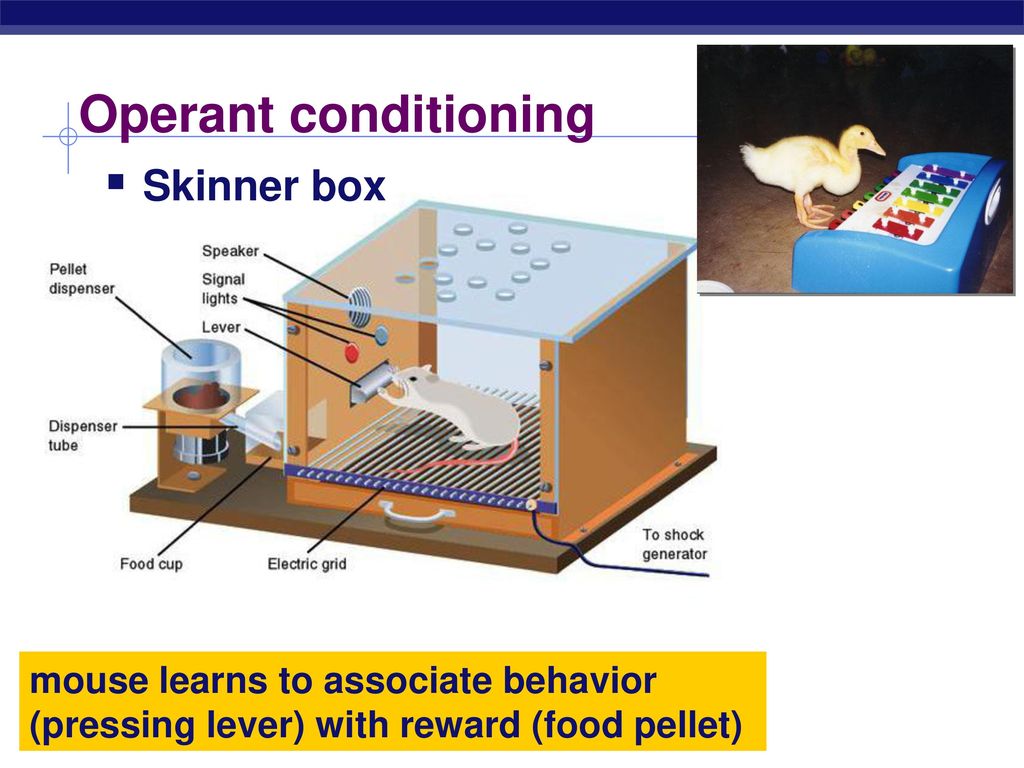 So, while the procedure is simple, it is not always easy to implement.
So, while the procedure is simple, it is not always easy to implement.
RULES FOR SHAPING:
- Define the target behavior: The behavior you want hasnt occurred yet; its the goal at the end of the process, so you must decide what behavior is to be shaped up. To get to the target behavior, you must have a clear idea of what it is.
- Reinforce
successive approximations of the target behavior:
The target behavior is shaped up by reinforcing the nearest
approximations of that behavior. If
the child gets stuck at a particular step, you can usually induce
variability in behavior by withholding reinforcement.
Some of the new behavior will be in the direction you want the
behavior to go and can then be reinforced.
Reinforce an approximation several times or until a closer
approximation appears, whichever comes first.
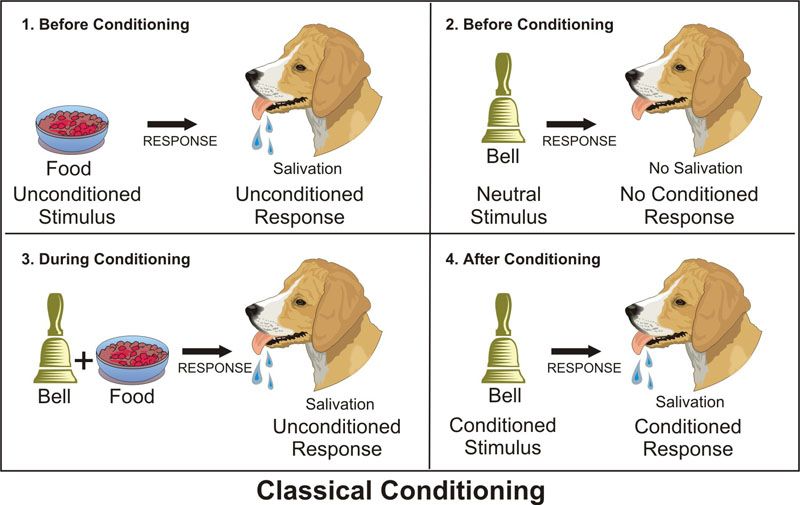 If no new approximation has appeared after several reinforcements,
withhold reinforcement until a new approximation occurs. (Note: see handout
Prompting and Fading to help encourage new approximations)
In general, shaping progresses more rapidly when the increases in the
requirements for reinforcement are small.
When you hold out for something better, the something better should
be only a very slight improvement. If
an approximation appears that is a big advance, reinforce it; but dont
hold out for big advances.
If no new approximation has appeared after several reinforcements,
withhold reinforcement until a new approximation occurs. (Note: see handout
Prompting and Fading to help encourage new approximations)
In general, shaping progresses more rapidly when the increases in the
requirements for reinforcement are small.
When you hold out for something better, the something better should
be only a very slight improvement. If
an approximation appears that is a big advance, reinforce it; but dont
hold out for big advances.
You will have to make judgments
about when to raise the bar and by how much; sometimes, you will be wrong.
If you err on the side of caution, reinforcing behavior at a given step
more often than is necessary and making very small increases in the requirements
for reinforcement, the worse that is likely to happen is that progress will be
slow.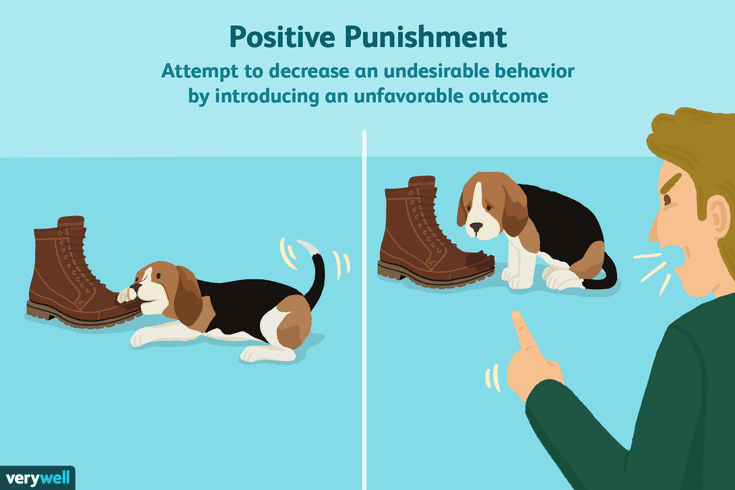 If you make the mistake of moving too quickly, then progress
will stop and you may see some strong emotional reactions. If progress breaks down, you can move back to a previous
level.
If you make the mistake of moving too quickly, then progress
will stop and you may see some strong emotional reactions. If progress breaks down, you can move back to a previous
level.
- Monitor
results: The only
way you can gauge how successful you are being at shaping behavior is by
noting what changes in behavior are occurring. Are you seeing progress toward the target behavior?
Is the behavior that occurs now closer to the target behavior
than the behavior you got earlier? Is
it time to hold out for a closer approximation of the target behavior? Has
the behavior begun to break down? Should you move back to a previous level? These are questions you must ask while shaping behavior
and you can answer them only by paying close attention to changes in
behavior. Taking data on each
step, keeping track of approximations and levels of prompts help you
determine answers.
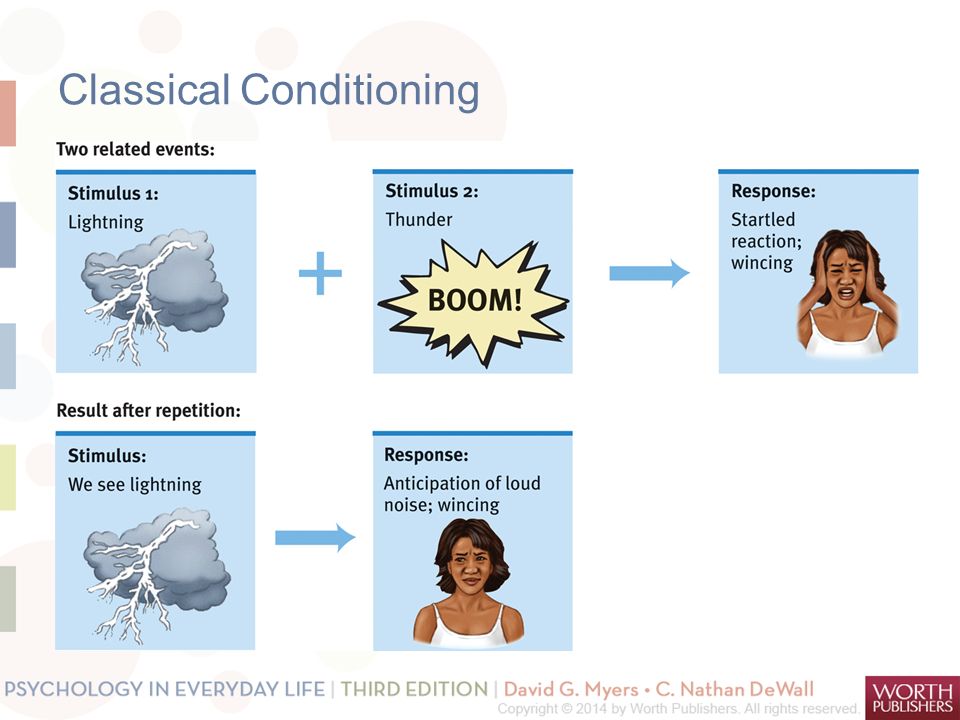 Graphing the
data youve taken on a skill can help you determine the answers to many of
these questions at a glance.
Graphing the
data youve taken on a skill can help you determine the answers to many of
these questions at a glance.
CHAINING DEFINED:
The new behavior you want to build may be a series or chain of behaviors. A behavior chain is a series of related behaviors, each of which provides the cue for the next and the last that produces a reinforcer.
Almost everything we do can be considered part of a behavior chain. For example, when you are reciting the alphabet, you start with A, then B, then C and so on until the task is completed at Z.
Each step serves as a cue for the next step; a chain is really a series of signals and behaviors. The completion of one behavior in a chain produces the signal for the next action. Saying G is the signal to say H next.
Practically any complex behavior we do in the way of operant
behavior is part of a chain or a multitude of chains: eating, getting dressed,
using the computer, counting, brushing your teeth, riding a bike, walking to
school and so on.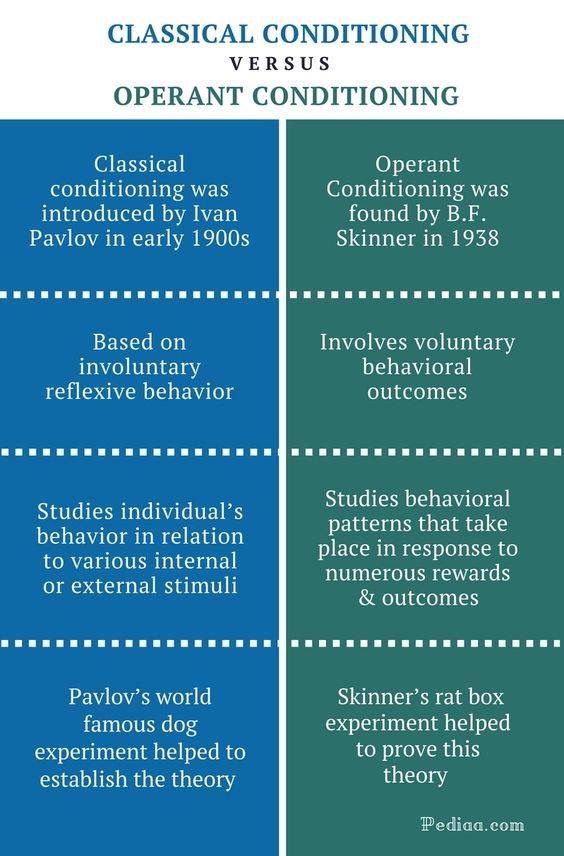 Behavior chains
are very important to all of us; as is the procedure for building chains, which
is called chaining.
Behavior chains
are very important to all of us; as is the procedure for building chains, which
is called chaining.
Chaining is the reinforcement of successive elements of a behavior chain. If you are teaching your child the alphabet, you are attempting to build a chain, if you are teaching the tying of shoelaces, you are also attempting to build a chain.
There are two chaining procedures, forward and backward chaining.
FORWARD CHAINING:
Forward chaining is a chaining procedure that begins with
the first element in the chain and progresses to the last element (A to Z).
In forward chaining, you start with the first task in the chain (A).
Once the child can perform that element satisfactorily, you have him
perform the first and second elements (A & B) and reinforce
this effort. Do not teach A, then teach B separately; A and
B are taught together.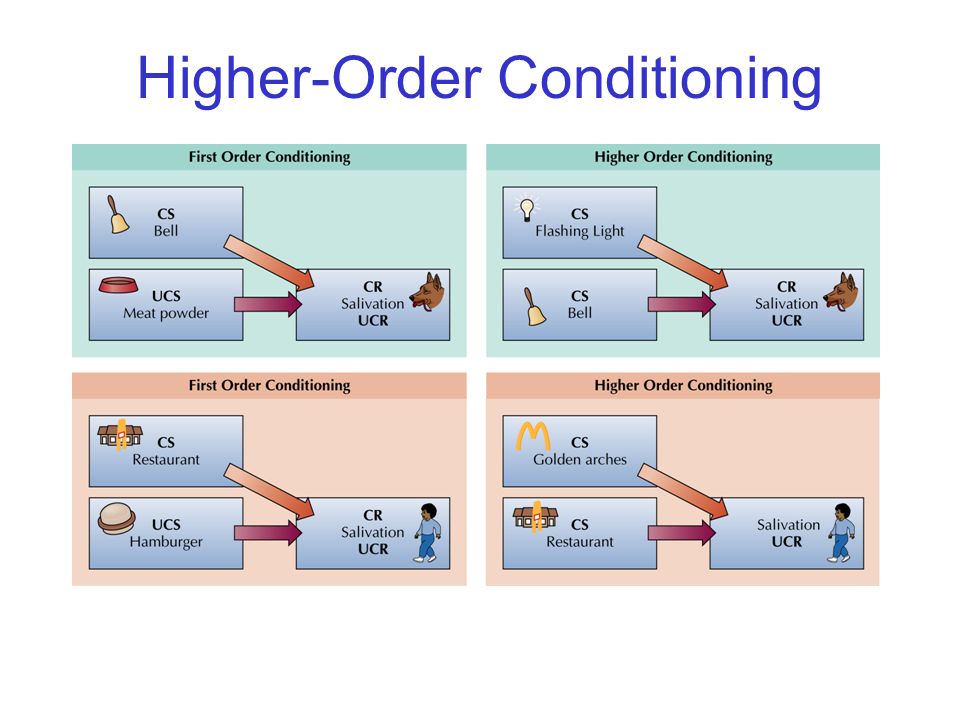 When
these are mastered, you can move to A, B and C.
Notice they are not taught in isolation; hence the term chain.
When
these are mastered, you can move to A, B and C.
Notice they are not taught in isolation; hence the term chain.
BACKWARD CHAINING:
This is often a very effective way of developing complex sequences of behavior. In forward chaining, you are teaching A to Z; in backward teaching, you are teaching Z to A. Backward chaining is a chaining procedure that begins with the last element in the chain and proceeds to the first element.
To illustrate backward chaining, consider the following example: I want to teach my son complete a six-piece puzzle. The steps are:
- put in first piece
- put in second piece
- put in third piece
- put in fourth piece
- put in fifth piece
- put in sixth piece
To backward chain this task, I would follow steps one
through 5 myself, presenting the task as completed except for the last piece.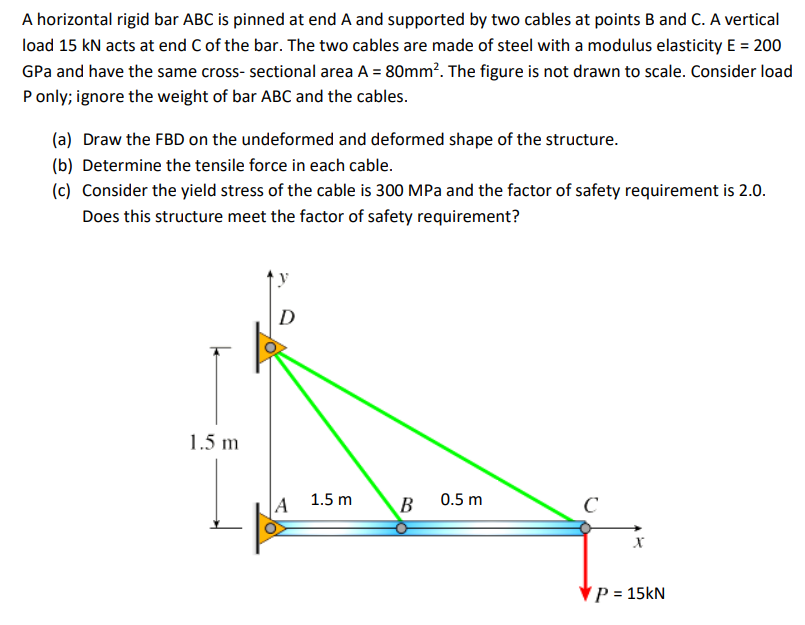 Then, I would (using whatever prompt level necessary) teach my son to put
in the sixth piece (step 6). When
he can successfully do this a number of times, I will teach step 5 & 6
(completing steps 1 through 4 myself beforehand).
Then, I would (using whatever prompt level necessary) teach my son to put
in the sixth piece (step 6). When
he can successfully do this a number of times, I will teach step 5 & 6
(completing steps 1 through 4 myself beforehand).
Backward chaining this puzzle gave my son the idea of what he was doing ahead of time (there werent just a bunch of puzzle pieces laying there) and teaching in this way gives an even more clear clue of the next step. I would be reinforcing each step as I am teaching it, but once my son learns step 6, I will only reinforce steps 5 & 6 together (next link in the chain).
RULES FOR CHAINING:
- Define
the target behavior: To
teach someone to perform the links of a chain, you need to know exactly what
those links are. Sometimes the
links are very obvious as in the examples of teaching the alphabet, or the
six-piece puzzle, other times links are not so obvious.
 It may be helpful to perform the target behavior yourself and take
notice of all the steps involved, even have someone else watch you and
compare notes. When teaching my
son a bathroom routine, I was so proud of the links I thought up to produce
the chain. I presented it to
one of my workers who took one look at it and said where does it say
where he flushes the toilet?.
It may be helpful to perform the target behavior yourself and take
notice of all the steps involved, even have someone else watch you and
compare notes. When teaching my
son a bathroom routine, I was so proud of the links I thought up to produce
the chain. I presented it to
one of my workers who took one look at it and said where does it say
where he flushes the toilet?.
Breaking the chain into small manageable steps is called performing a task analysis and a simple way of describing it is teaching A to Z and every single letter in between. Children with autism/pdd have shown that they can learn very effectively using this method.
- Reinforce
successive elements of the chain: The elements in the chain
must be reinforced in sequence. Reinforce
them as they happen.
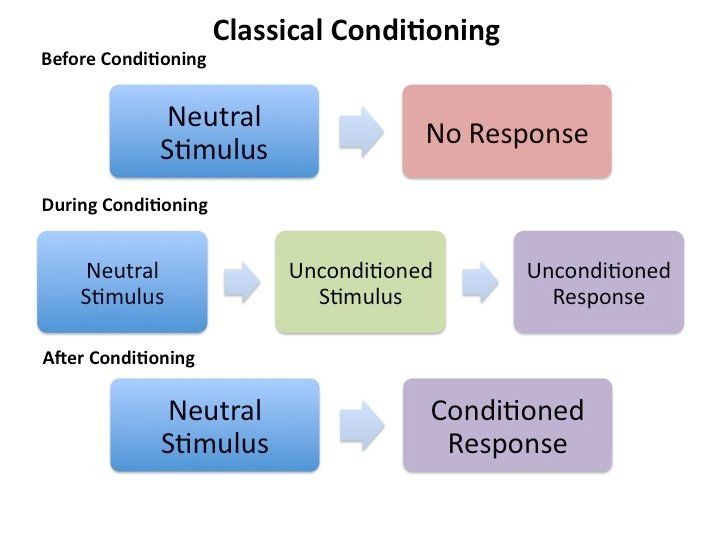 Once your
child has mastered step 6 and you begin to teach step 5, you will be
reinforcing steps 5 and 6. You will either be reinforcing at the end of the chain
or at the end of as much of the chain as the child has learned.
What you learn in a chain is not just a number of tasks; you learn to
perform those tasks in the right order.
You can start at the beginning of the chain and work your way to the
end or vice versa.
Once your
child has mastered step 6 and you begin to teach step 5, you will be
reinforcing steps 5 and 6. You will either be reinforcing at the end of the chain
or at the end of as much of the chain as the child has learned.
What you learn in a chain is not just a number of tasks; you learn to
perform those tasks in the right order.
You can start at the beginning of the chain and work your way to the
end or vice versa.
- Monitor Results: As with any intervention, you must keep track of the effects of your efforts. Has a particular element been mastered? Should it be taught and reinforced a few more times? Is it time to move on to the next element? These are judgments that must be made during the chaining process, and they can be made accurately only if you carefully monitor the results you are getting.
The similarity between shaping and chaining is that
the goal in each case is to establish a target behavior that doesnt yet
occur.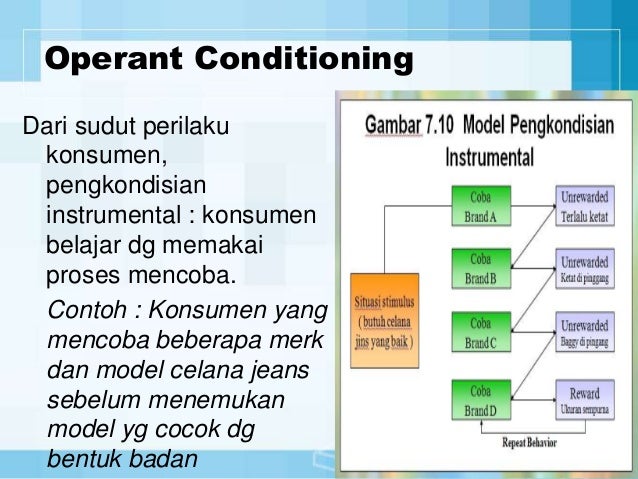 The difference is
that shaping always moves forward. If
progress breaks down, you may have to take a step back before moving forward
again, but there is no such thing as backward shaping.
The difference is
that shaping always moves forward. If
progress breaks down, you may have to take a step back before moving forward
again, but there is no such thing as backward shaping.
CHAINING DATA SHEET
2: August 12, 2002
(c) BBB Autism June 2002
ALL HANDOUTS AND LITERATURE ARE THE INTELLECTUAL PROPERTY OF BBB AUTISM AND ARE NOT TO BE COPIED WITHOUT WRITTEN PERMISSION.
A notice to our readers...
BBB Autism Support Network is not a physician.
This
article may reference books, service providers, agencies and websites that
may be of interest to the reader. BBB Autism or its founder make
presentation or warranty with respect to the accuracy or completeness of the
information contained on any of these venues, and specifically disclaim any
liability for any information contained on, or omissions from, them.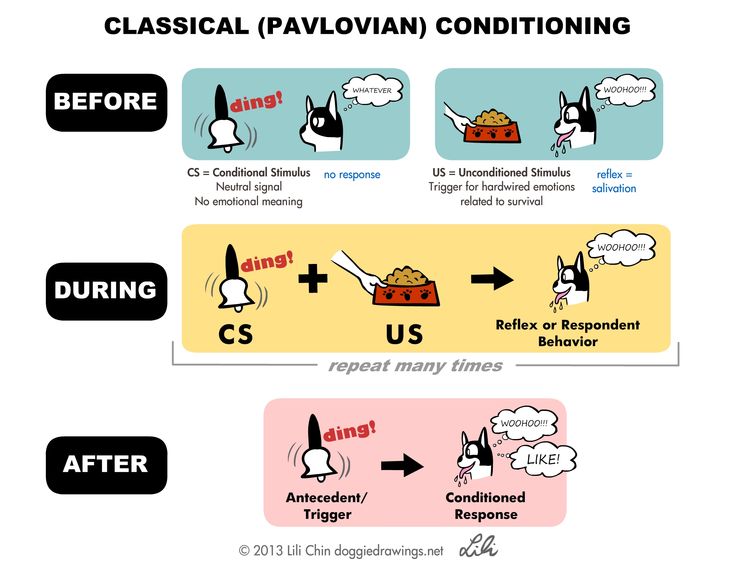 Reference to these websites or books herein shall not be construed to be an
endorsement of these websites or books or of the information contained thereon,
by BBB Autism or its founder.
Reference to these websites or books herein shall not be construed to be an
endorsement of these websites or books or of the information contained thereon,
by BBB Autism or its founder.
This article is based on parent feedback and experiences only. Information is not intended to be taken as medical advice.
Permission to reproduce and hand out can be granted by contacting the author, at [email protected]. This document must be displayed in its entirety. Other permissions may be requested by email: [email protected]. The purpose of this copyright is to prevent publishers from using it for commercial advantage, and to prevent ill-meaning people from altering the meaning of the document by changing or removing a few paragraphs.
90,000 basic provisions. Burres Frederick Skinner
There are many terms and concepts in psychology that are not entirely clear to people who are far from those involved in this field.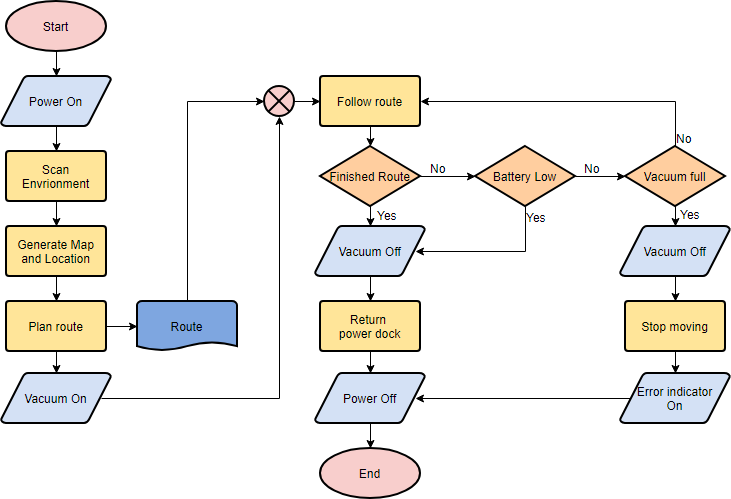 Such expressions sound quite mysterious, and it seems that something very complex is hidden behind them. However, in reality, everything is much simpler and behind scientific terms there are usually simple and well-known processes, phenomena that can often be observed in everyday life. It is precisely such concepts that “operant conditioning” refers to.
Such expressions sound quite mysterious, and it seems that something very complex is hidden behind them. However, in reality, everything is much simpler and behind scientific terms there are usually simple and well-known processes, phenomena that can often be observed in everyday life. It is precisely such concepts that “operant conditioning” refers to.
What is an operant?
The term consists of a combination of two words, the first of which is the key to understanding its meaning. It comes from the Latin operatio, which means "action", "influence".
In such direction of psychology as behaviorism, the term "operant" is used as an antonym of the concept "respondent". It characterizes the types of behavioral responses that are devoid of primary stimulus conditions.
Sense of duty. Definition, character, psychology
Most likely, you have experienced an inexplicable sense of responsibility to someone like...
The main feature of these behavioral reactions is considered to be the same way of affecting the environment, which leads to different chains of reactions. For example, a mouse or a rat placed in a laboratory box "with a button", regardless of what acts as a stimulus, will respond by pressing the built-in "lever".
For example, a mouse or a rat placed in a laboratory box "with a button", regardless of what acts as a stimulus, will respond by pressing the built-in "lever".
How did the concept of "operant conditioning" come about? Who coined this term
Although an American introduced this term into the scientific dictionary, the world owes its appearance to a Russian scientist. For the first time, this phrase was used to refer to certain types of behavioral reactions by B. F. Skinner, a professor at Harvard and Minnesota universities, a psychologist, inventor and writer.
But he did it after getting acquainted with the works of the Russian scientist. Inspired by one of the most famous psychologists of the last century, IP Pavlov. Of course, with his work and research in the field of reflexes. The American was extremely interested in the research conducted by Pavlov concerning the processes of formation and development of conditioned reflexes that occur when an irritating factor or stimulating effect appears.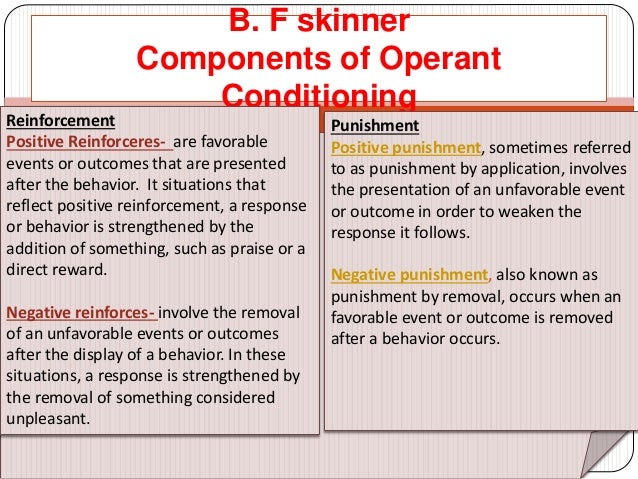 nine0003
nine0003
How to stop being driven for any reason?
How to stop being driven when there are so many irritants in the modern world? Tired of work, parents...
Who was Burres Frederick Skinner?
One of the most influential and world-famous American psychologists was born on March 20, 1904. And this man died in 1990, on August 18. That is, he found all the main manifestations of the achievements of technological progress and science, which filled the past century. He was born in the state of Pennsylvania, in the town of Susquehanna. nine0003
Skinner was a follower of behaviorism - a direction in psychology that considers the behavior of people and animals as a result of their interaction with the surrounding reality.
The theory of conditioning of reflexes brought this scientist worldwide fame. Operant conditioning became his main "brainchild", the work of his life. In support of his theory, Skinner wrote a number of journalistic articles and works of fiction, in which he considered the possibility of practical use of the psychological technique he developed.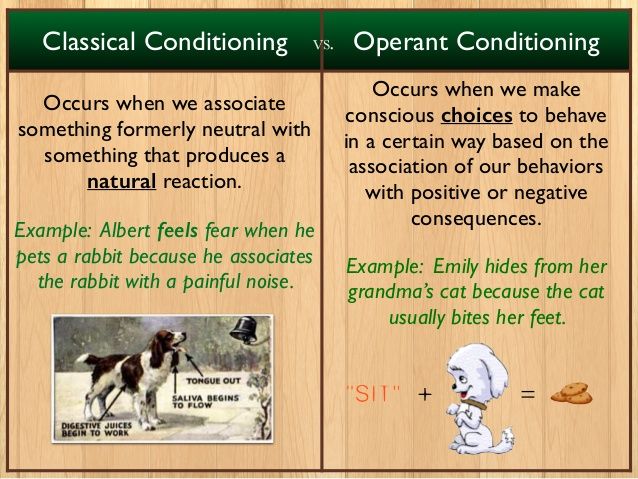 Although these works were not widely known, thanks to them the scientist was considered one of the forefathers of social engineering. nine0003
Although these works were not widely known, thanks to them the scientist was considered one of the forefathers of social engineering. nine0003
Exercises for mind training and memory development
As a child, our memory works wonderfully. It is very easy to learn poems and memorize school...
What is a Skinner box?
The name of the scientist is the laboratory equipment, which is available in almost all institutes and even in circles for children. Of course, if they study behavior, the formation and consolidation of reflexes. Of course, we are talking about the Skinner box.
This equipment is a fairly spacious box or box in which the observed animal, usually a rat or mouse, is placed. The box itself is ideally impervious to sound and light. This is necessary to exclude random extraneous factors that can affect the purity of the results of the study. nine0003
Inside the box there is one or several "buttons", usually called levers. Technically, the process of modern research looks like this:
- the animal “presses” a button or lever;
- switch detects this and transfers it to the computer.
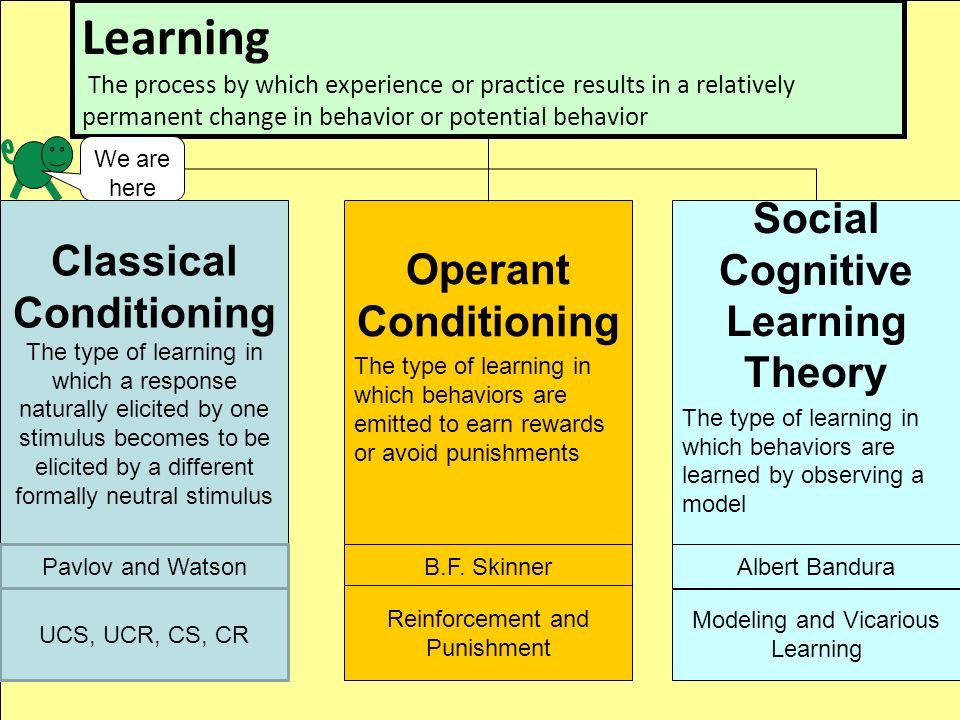
Of course, before the advent of sophisticated technology, experimental animals were directly observed. The equipment model developed by Skinner is suitable for studying behavioral responses not only in rats or mice. Any animal or bird can be placed in the box. nine0003
Is it in demand?
BF Skinner developed the ideas expressed in the works of the Russian scientist, moreover, he found practical application for them.
The theoretical principles formulated by the scientist are applied in practice in the following areas:
- behavioral corrective therapy;
- programmed learning;
- applied behavior analysis.
Programmed learning was developed by Skinner himself. It has been received with great enthusiasm by the scientific community and has been successfully applied in various fields since the middle of the last century. nine0003
What is it? Definition
Operant conditioning in psychology is a special chain of reactions that forms conditioned but stable reflexes.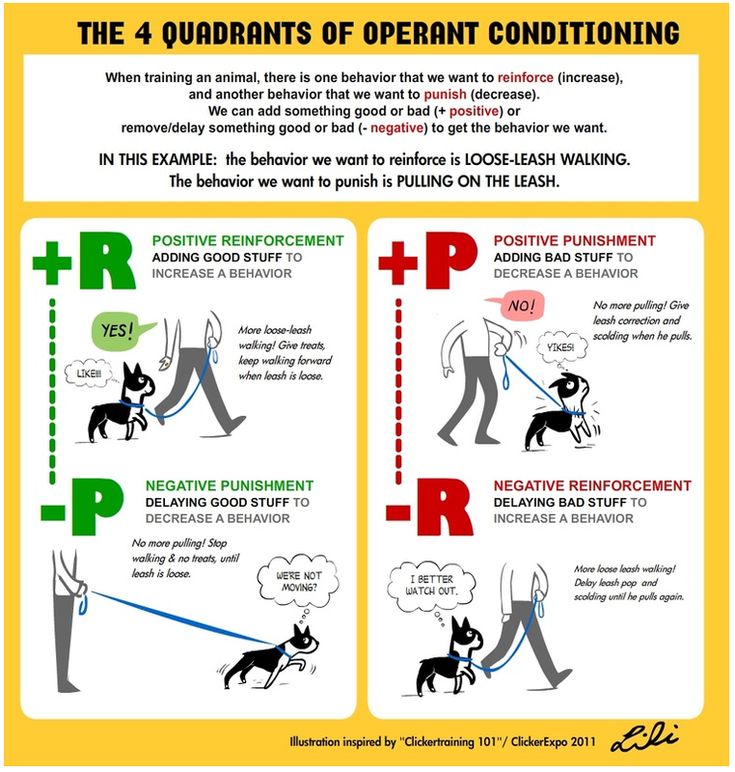 The peculiarity of the formation and development of reflex operant reactions is that they are formed by reinforcement, and not stimulation.
The peculiarity of the formation and development of reflex operant reactions is that they are formed by reinforcement, and not stimulation.
Of course, there is such a factor as an irritant. But it is not given the key importance, but the role of the primary cause of the occurrence of a behavioral reaction, that is, it is not involved in the formation of a stable reflex. nine0003
Exercises for mind training and memory development
As a child, our memory works wonderfully. It is very easy to learn poems and memorize school...
What is meant by learning?
Operant learning is directly the educational process itself, during which a reflex is developed or acquired. The main semantic load in this term lies on the word "learning". That is, its essence is to "teach" a reflex, a certain reaction, a type of behavior. nine0003
Of course, operant learning has a basis on which it is based. As a foundation, behavior is used, also called operant. This is a special type of manifestation of reactions that affects the surrounding reality or the environment.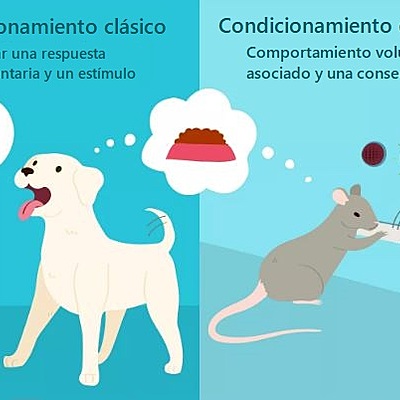 The managerial factor in this type of response is hidden in the consequences of the behavior itself. In simple words, interest and motivation in the manifestation of the operant type of behavioral reactions are concluded in the onset of the consequences of the action, as a result of it. nine0003
The managerial factor in this type of response is hidden in the consequences of the behavior itself. In simple words, interest and motivation in the manifestation of the operant type of behavioral reactions are concluded in the onset of the consequences of the action, as a result of it. nine0003
General scheme of operant analysis
When using the method of analysis, Skinner's operant conditioning uses the same basic principles as other scientific areas of psychology.
In a generalized form, the analysis scheme consists of relationships between the following concepts:
- operant action;
- its effects;
- the circumstances preceding it, which served as the root cause of the reaction.
These are the core concepts that make up Skinner's operant conditioning. nine0003
What is meant by an operant in Skinner's theory
In this psychological direction, an operant is a chaotic set or sequence of actions, which is determined by their immediate result.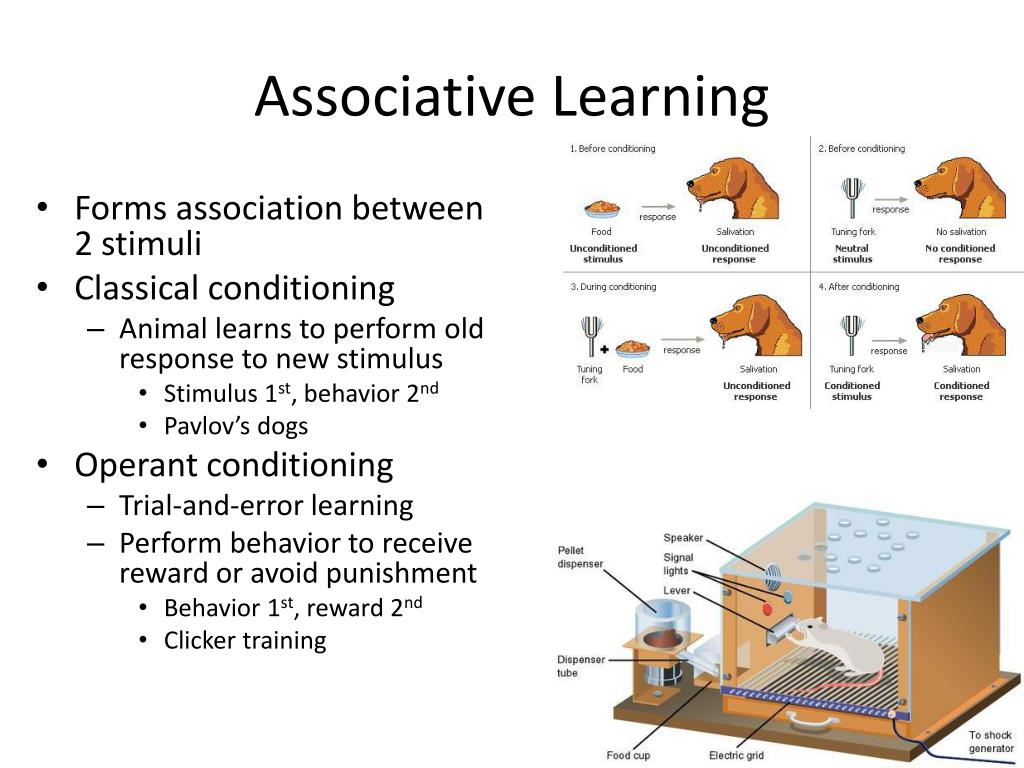
The definition seems confusing only at first glance, in fact its meaning is very simple. The operant is determined not by the stimulus, but functionally, that is, by those changes that follow the action. That is, if some act led to pleasant consequences for the person who committed it, it will certainly be repeated again. nine0003
The consequences to which any act leads, which have an incentive force to repeat it, are called post-cedent influences.
What is a contingent? What is meant by the condition
This term causes the greatest difficulties not only for people who are far from psychology, but who are interested in it, but also for students.
This word refers to the relationships that are established between the concepts that make up the chain of reactions that characterize operant conditioning. The term also reflects the relationship between behavioral reactions and external factors, events, situations, circumstances. Thus, the generalized scheme of analysis is represented as a tripartite composite contingency.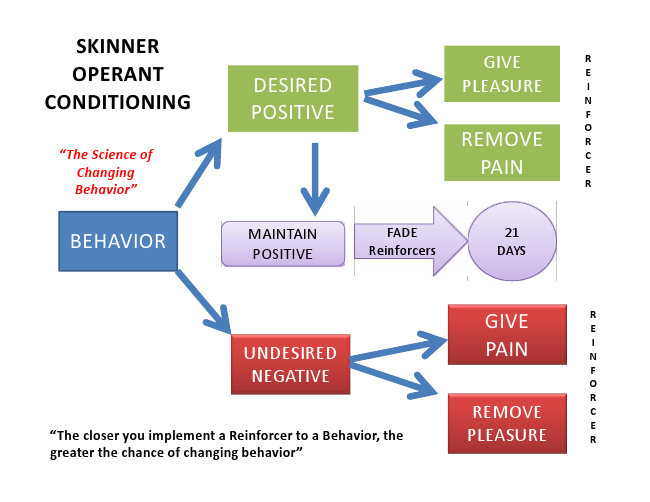 nine0003
nine0003
A condition within the framework of this psychological direction is factors or their combinations, the presence of which is possible, not at all necessary. In other words, this concept includes all the variable components included in the operant conditioning.
On the types of conditioning and forms of learning
The concept of operant conditioning contains two major forms that the process of reflex formation takes. These include creative and instrumental learning.
Creative learning implies a high degree of activity of the mind and differs from instrumental learning in a more complex method of reinforcing the resulting reflex.
For example, if a child answers brilliantly at the blackboard, and the teacher publicly and immediately praises him, this is reinforcement within the framework of operant creative conditioning. But a movie ticket received from parents for a good mark in the diary is an encouragement that has no direct relation to the formation of a reflex.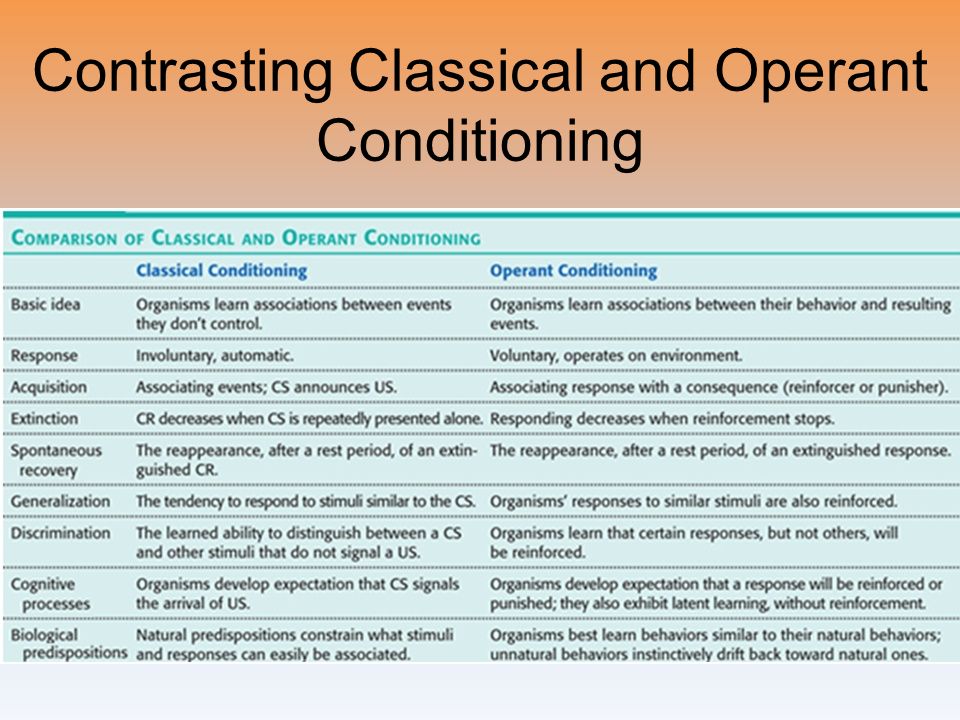
Instrumental learning is a simple reinforcement of a spontaneously occurring action. In other words, the "carrot and stick" method. The only specificity is that reward and punishment follow without delay, immediately after the deed.
Is conditioning related to learning
The theory of operant conditioning is the basis of habituation, education and instilling useful skills. Any educational process occurs by repeated repetition, with each act accompanied by constant reinforcement. This is how habits are formed, both good and bad. nine0003
For example, some children quickly learn to brush their teeth and reflexively repeat this hygienic procedure throughout their subsequent life, without thinking about whether they need it or not. Others, on the other hand, have to be constantly reminded of the need for oral care, and as they grow up, they often forget about it. Why is this happening? Because in the first case, when inculcating a habit, operant conditioning was used.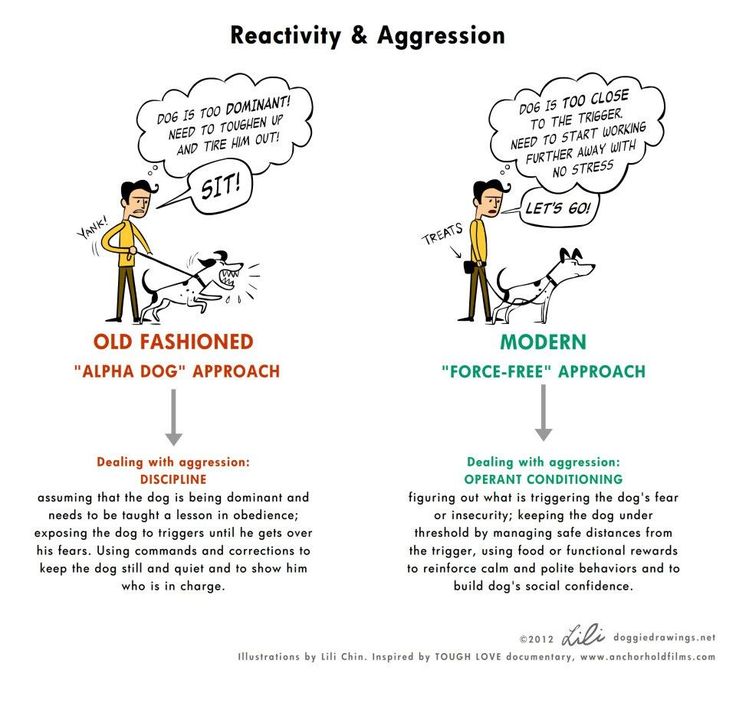 That is, the child was praised or otherwise shown approval, paid attention to him after he finished brushing his teeth. In the second case, the baby did not see any reaction from adults to the action he committed. Therefore, it was not fixed, it was not transformed into a conditioned reflex. nine0003
That is, the child was praised or otherwise shown approval, paid attention to him after he finished brushing his teeth. In the second case, the baby did not see any reaction from adults to the action he committed. Therefore, it was not fixed, it was not transformed into a conditioned reflex. nine0003
In addition to raising children and teaching them certain skills, reflex conditioning is widely used in training. In fact, any animal training is built precisely on operant conditioning.
For example, when teaching a domestic dog the command “sit” or any other, they are forced to perform the desired action, after which they immediately reinforce the result with praise and treats. Thus, a habit is developed in the animal or a conditioned reflex is formed. Hearing a certain combination of sounds, the dog immediately sits down, without delay or hesitation. If during training the operant conditioning of reflexes is not involved, then the result is not achieved. nine0003
This technique is also indispensable if it is necessary to destroy an already existing acquired reflex.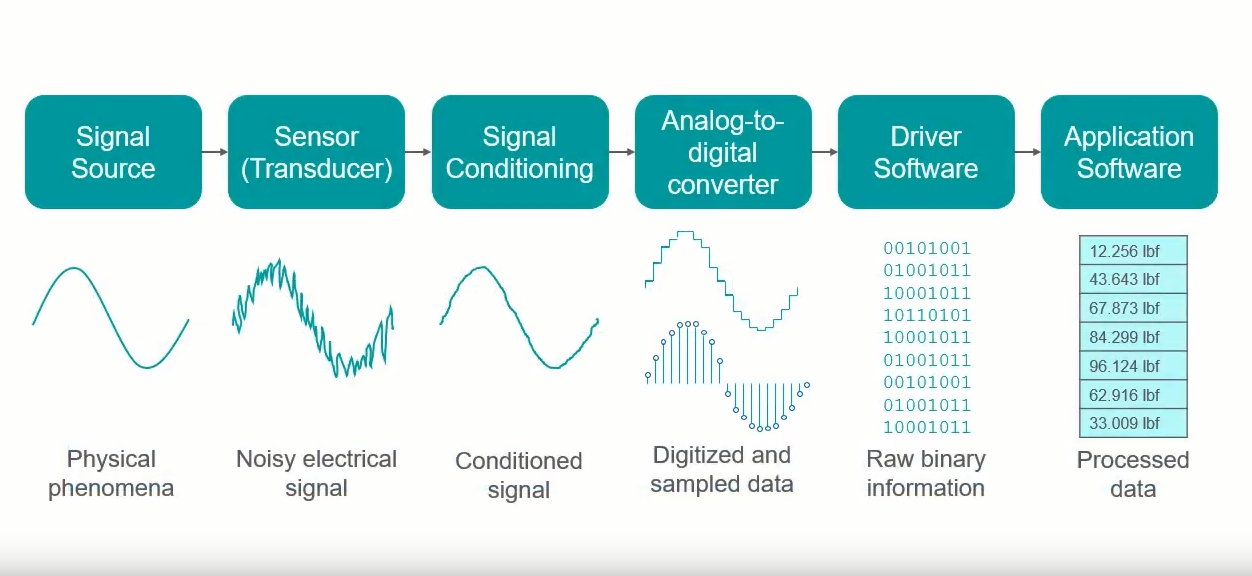 That is, if you want to get rid of a bad habit, each abstinence from an undesirable action should be immediately reinforced, for example, with praise. Thus, you can quickly wean children from “nibbling” pencils or pens, or get rid of some other bad habits.
That is, if you want to get rid of a bad habit, each abstinence from an undesirable action should be immediately reinforced, for example, with praise. Thus, you can quickly wean children from “nibbling” pencils or pens, or get rid of some other bad habits.
Behavioral chains in training. Part 4: Basics of Learning Theory.
Now let's digress a little from behavioral chains to get acquainted with operant and classical conditioning. We will combine these concepts later when we consider more complex scenarios. nine0003
Operant conditioning (operant learning, conditioning) is one of the ways animals learn new things. It involves a simple if/then statement. The animal consciously understands that "if I do X, you do Y." So if the dog sits down, the dog gets a treat. Consciousness plays a very important role here. The animal must understand how its behavior influences (or does not influence) the result. In the previous parts, we discussed behavioral chains, and they were all based on operant learning. nine0003
nine0003
Classical conditioning (unconditioned reflex) is another way animals learn. It is a simple association between two things. It can include emotions (joy, sadness, nervousness), physical reactions (more or less movement), or involuntary reactions (salivation, hormonal release, etc.) From the dog's point of view, a chain of behavior on classical conditioning might look like this: "The owner cooks my food. When the food is ready, I will eat. I love eating! Drooling forms in my mouth because food is always cooked before I eat. The process of eating makes me happy. The feeling of happiness makes me excited and makes my body move more actively. When I see food, I feel so excited that I start jumping around the kitchen!” nine0003
Now you have a chain of behavior on an unconditioned reflex - the dog does not need to "think" anything to start this chain. It is enough for the dog to be present several times during the preparation of food for the chain to form. In both operant and classical conditioning there was a learning process. But in the first case it was a conscious event, and in the second it was not.
But in the first case it was a conscious event, and in the second it was not.
Was there a learning process? Yes. Did the learning cause the expected changes in the dog's behavior? Yes. Was it a conscious decision to drool and feel aroused and jump around? No. This is an unconditioned reflex to the process of eating and preparing it as opposed to a conscious choice. But the end result is the same - a behavioral chain has formed. In fact, most examples of learning have both classical and operant components in them, but for the sake of simplicity, we won't cover that for now. nine0003
People also experience operant and classical learning.
I recently experienced a reaction to classical conditioning. My new friends joined me for training and we decided to practice ring work. One of my friends took on the role of judge and called me into the ring. And I felt myself starting to get nervous! And although I knew perfectly well that this was not a competition, I was still overwhelmed by the emotions that I experience in real competitions when the judge calls me into the ring.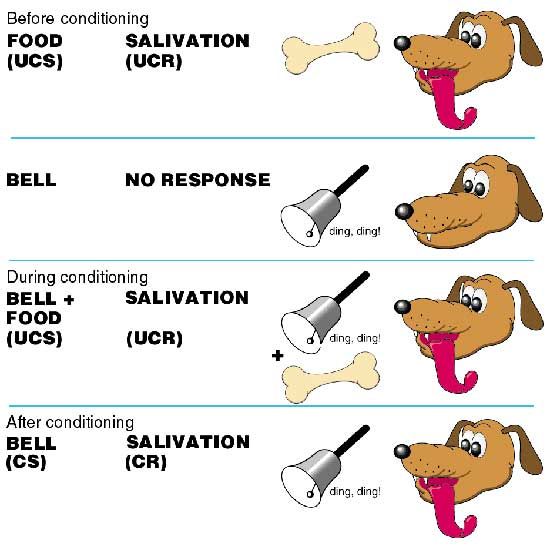 I began to make increased demands on my dog's behavior and my heart began to beat faster. Is it logical? No. I knew it wasn't a competition. But classical conditioning doesn't have to be logical. It just is. nine0003
I began to make increased demands on my dog's behavior and my heart began to beat faster. Is it logical? No. I knew it wasn't a competition. But classical conditioning doesn't have to be logical. It just is. nine0003
So now that we understand that classical conditioning "just happens," what does this have to do with training? When you teach a dog to walk beside, does it have anything to do with classical learning?
Yes, because the dog begins to associate you with the whole learning process. Whatever emotions the dog experiences during training, they will also apply to your presence as a trainer. This is called the Conditioned Emotional Response, and it is formed through classical conditioning. Your dog doesn't choose to be happy when you cook; it happens by itself. The dog does not choose to be happy at the start of a training session with a trainer who uses large amounts of tasty treats; it happens by itself. This is great news for those of us who compete in events where treats cannot be used. We can't bring toys and treats into the ring, but we always bring the dog's conditioned emotional reaction with us. If the reaction is positive, then our presence provides the dog with excellent emotional support, because our very presence already makes the dog “happy”. nine0003
We can't bring toys and treats into the ring, but we always bring the dog's conditioned emotional reaction with us. If the reaction is positive, then our presence provides the dog with excellent emotional support, because our very presence already makes the dog “happy”. nine0003
Both operant and classical conditioning lead to learning something new, and both require understanding when you decide how to respond to a dog's behavior at a given time.
For an operant behavior chain to form, the dog must know that the behavior has consequences. "Every time I look at the hostess in the position next to me, I get a treat." The dog tries other behaviors (sniffing, looking away, etc.) but finds that they don't work and soon the dog learns that the only way to get a treat is to look at the owner all the time. nine0003
This is very different from a dog twirling and jumping while its food is being prepared.
But what if the owner doesn't like the fact that the dog is moving all the time? Then the owner can make it so that the food will disappear every time the dog starts to spin. This will cause the dog to switch to operant learning mode. The dog will try to understand why the food is disappearing. The dog will begin to combine his behavior (which until this time was probably unconscious) of worry with the fact that the food is disappearing. Then she will try other options to see if they work better. For example, "if I sit quietly, the food continues to pile into the bowl, and when I start to spin, the food disappears." nine0003
This will cause the dog to switch to operant learning mode. The dog will try to understand why the food is disappearing. The dog will begin to combine his behavior (which until this time was probably unconscious) of worry with the fact that the food is disappearing. Then she will try other options to see if they work better. For example, "if I sit quietly, the food continues to pile into the bowl, and when I start to spin, the food disappears." nine0003
In the example above, you switched from unconditioned to conditioned in order to influence a behavior chain. The timing of the signal is very important in this situation. If the food disappears in the first second the dog starts to spin, the dog will quickly understand the connection. But if the owner is inconsistent (sometimes the dog circling makes the food disappear, sometimes not) or if the owner reacts too slowly (the dog has been twirling for 5 seconds and the owner has just started to remove the food), it will be much more difficult for the dog to understand what causes the food to appear and disappear.